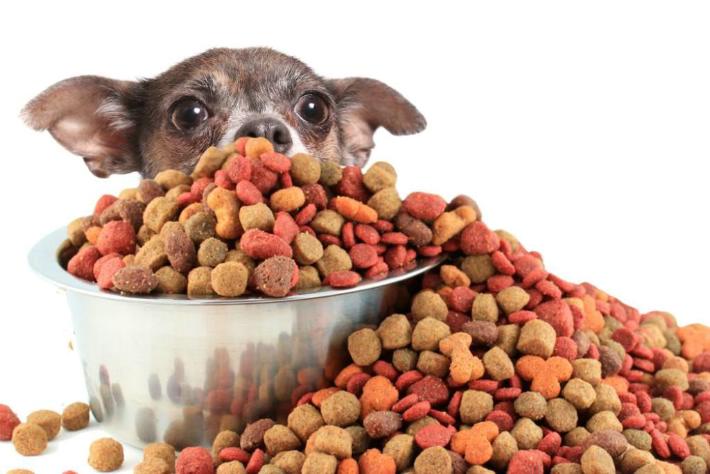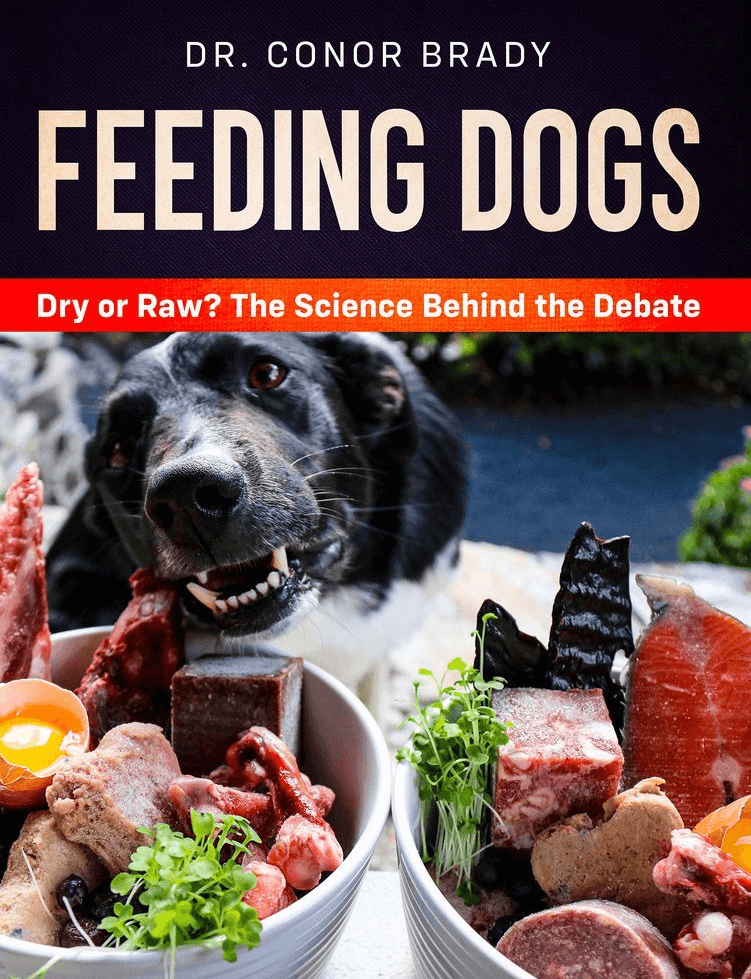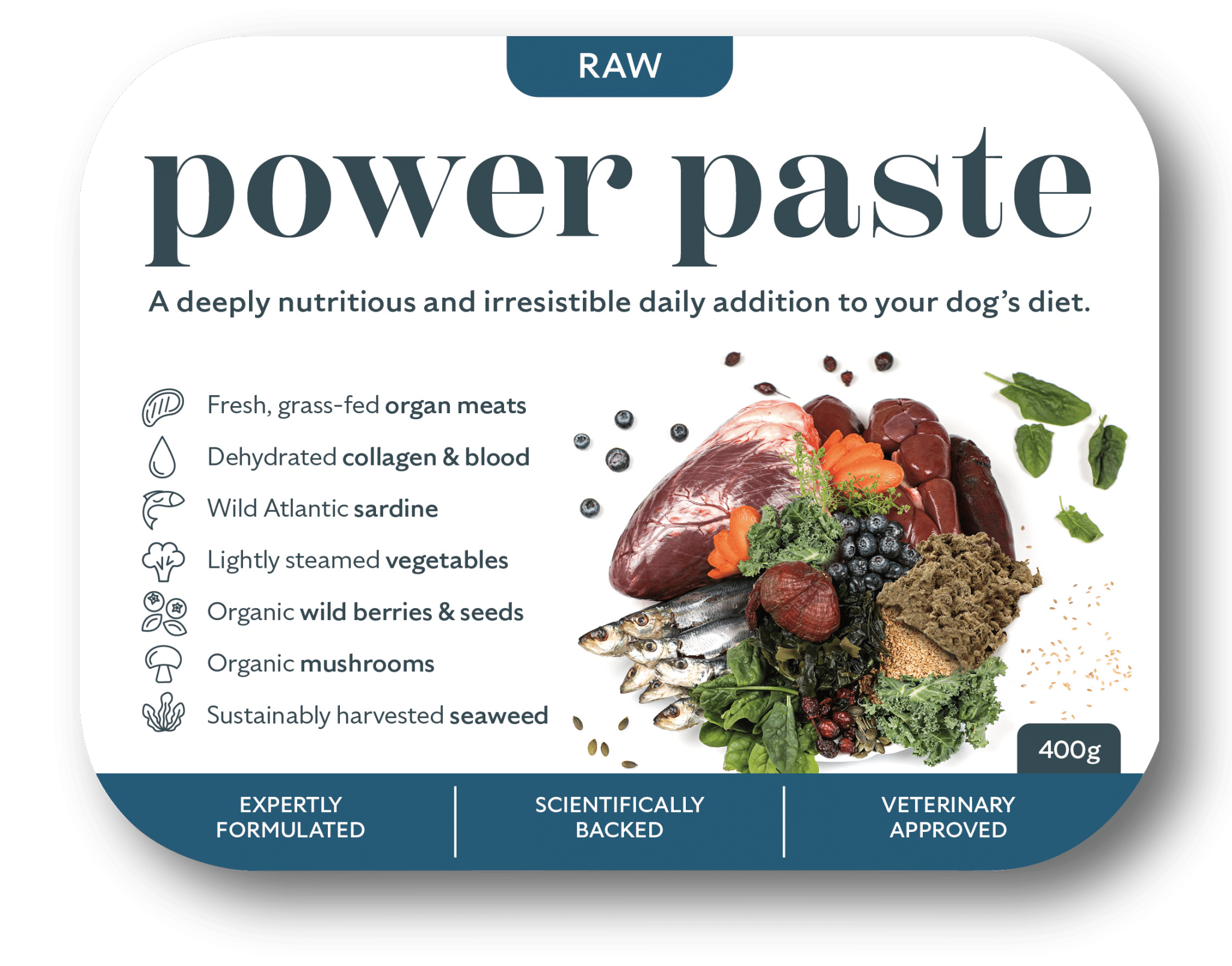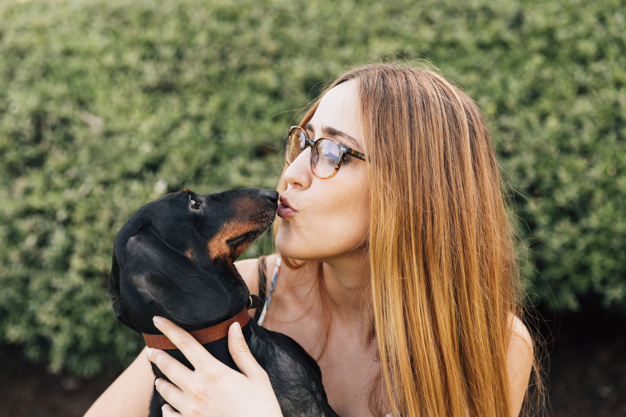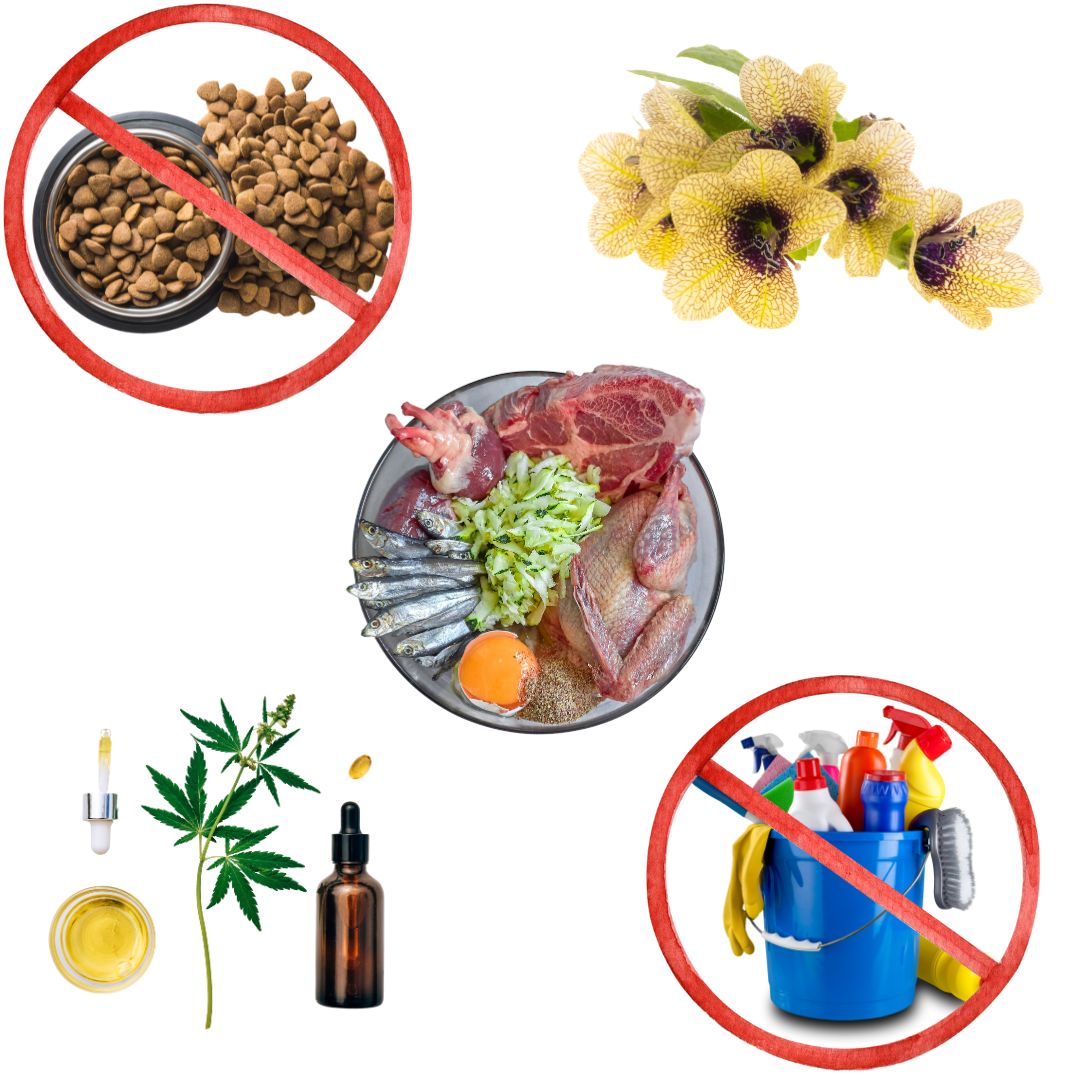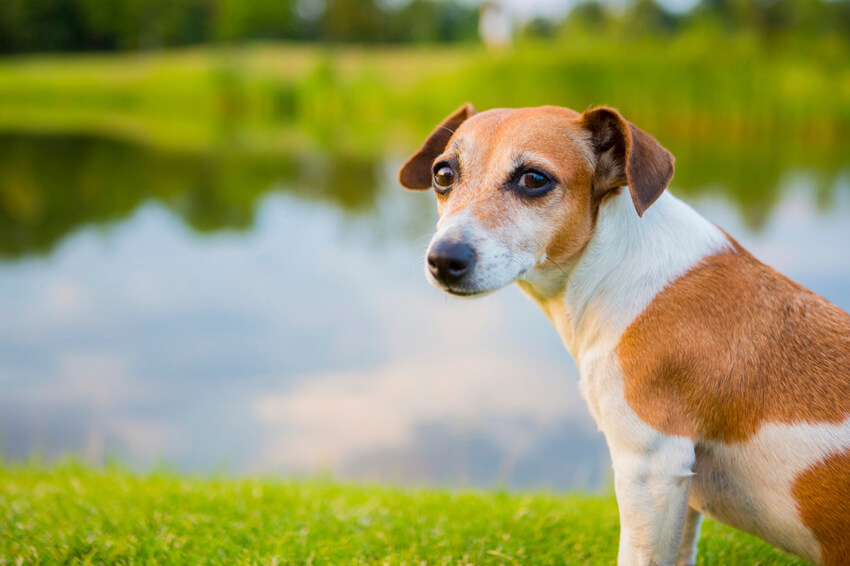If you have read part one of our series on pancreatitis in dogs, you will be well versed on what the pancreas does, the symptoms of pancreatitis, diagnosis, and treatment. This article will cover the leading causes of pancreatitis in dogs, and part three will advise on the best diet and natural additions for the pancreas. In this article, we will cover the following:
Top Causes Of Pancreatitis In Dogs
There are many causes of pancreatitis in dogs, But all these factors are expected to pale in significance to the most common cause of pancreatitis in dogs, and that is FOOD.
Pancreatitis has a solid nutritional basis, certainly in human nutrition, so it must also play a role in dogs. As 8/10 of our dogs today are fed completely unnatural cereal-based food, it is most certainly a chief suspect. We go deeper into explaining why this is the case further down this article.
So, with diet being at the very top of the list, here are some of the other dog pancreatitis causes:
1. Genetics
Genetics is thought to play a role. For example, German shepherds can constitute up to two-thirds of Exocrine pancreatic Insufficiency (where the pancreas cannot produce a specific enzyme, Kim et al. 2005). Rough collies, Yorkshire terriers, dachshunds, miniature poodles, and cocker spaniels are all at risk.
2. Injury
A lesser-known cause of pancreatitis is an injury to the mid-back (where the thoracic and lumbar vertebrae meet). This energy point here supplies both the stomach and the pancreas.
To check for an issue here, you don’t need an expert. You simply need to prod around where you see the last rib coming from as it’s attached to the last thoracic vertebrae; it then becomes the lower back (lumbar vertebrae). There will be noticeable discomfort when you hit the spot. Injury or stress here is also considered a predisposing factor for bloat.
3. Obesity
Obesity is far more likely to cause more frequent bouts of acute pancreatitis, not only as a cause of the condition but for worsened outcomes. This is because acute pancreatitis causes the pancreas to break down visceral fat uncontrollably: this fat is high in unsaturated triglycerides, which release unchained fatty acids. These fatty acids can cause necrosis and poorer recovery from pancreatitis.
4. Existing diseases/conditions
Diseases such as diabetes, chronic kidney disease, endocrine diseases such as hyperthyroidism, and Cushing’s disease can cause pancreatitis in dogs.
What Toxins Cause Pancreatitis In Dogs?
Toxins and various infections can cause trouble in your pancreas resulting in a bout of acute pancreatitis, including:
- Salmonella
- Legionella
- Leishmania
- Organophosphates such as Diazinon
- Medications such as chemotherapy, antibiotics, steroids, diuretics and NSAIDs
- Bacteria from poor dental health which will cause inflammation
A chronically sick gut can also cause problems. A leaky gut can spread inflammation and pathogenic bacteria to the pancreas. If your dog is chronically gut sick, I strongly recommend you read the most popular article on my website, “allergies in dogs“. It explains what is going on and how to fix it, avoiding the threat of pancreatitis and the need for potent immunosuppressants in the future.
While unproven, gross over-vaccination is also suspected of playing a role. If your dog has suffered a bout of pancreatitis, look at his last vaccination. Was it sometime in the previous month?

Studies Show Dry Food is Inflammatory to Dogs…
At its heart, pancreatitis means simply inflammation of the pancreas. Thus, things that inflame the body / system / pancreas are counterproductive to your dog’s recovery. Fuel to the fire. Studies show, that when compared to raw dog food, high carbohydrate dry food is inflammatory to dogs. Is it the presence of the high-dose carbs? Studies show such diets are inflammatory to humans. Or is it the lack of good-quality fats? Or chemical preservatives? Or mycotoxins? We know these common issues plague dry food.
Two groups of dogs – one fed raw and one fed dry. After a time, they stopped their diets and measured the amount of an inflammatory marker (homocysteine) in their blood. They found that at rest dry fed dogs were TEN TIMES higher in homocysteine than raw-fed dogs and this figure drops by a factor of five when they were moved to raw-feeding (and the level of homocysteine in raw-fed dogs increased by factor of five when fed dry food).
Dogs eating dry food had significantly higher GlycA levels (an inflammatory marker) than raw-fed dogs or dogs fed a mix of dry and raw together.
Ingredients That Can Cause Pancreatitis In Dogs
Listed below are carbohydrates that you will find in most dry food; most dogs today will consume these daily at every meal.
- Wheat
- Corn
- White rice
- Potato
- Peas
- Sweet potato
- Chickpeas
- Tapioca
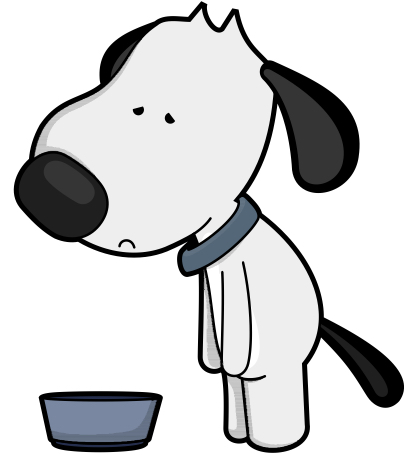
To explain why carbs are the chief suspect in pancreatitis in dogs and cats, you first need to understand why fat builds in the blood. For this, I’m going to give you a nice big chunk of my new book Feeding Dogs (I have removed the studies mentioned, available on request):
Hyperlipidaemia (excess fat in the blood) is one of the accepted causes of acute pancreatitis or recurring bouts of acute pancreatitis in humans. It is thought to account for 7% of cases, making it the most common cause of the disease after gallstones and alcohol.
The presence of excess fat is how your vet typically diagnoses the condition in your dog. A pancreas in trouble does not digest fat very well. Hence, one way to detect the possible signs of pancreatitis is to simply measure the amount of triglycerides (fat) in the blood. Another way is to test for lipase, the enzyme secreted by the pancreas to digest fat. A stressed pancreas is assumed to produce much more of it, something a simple blood test in a fasted dog would reveal. Finally, as most pancreatic dog owners will testify to, the most obvious outward sign (asides from pain, as it really hurts) is a loose stool that is greasy with undigested fat.
So concerned are our vets for fat, that when discussing a possible cause of the issue the line “it can be something as simple as that bit of fat off your steak” is often trotted out. Like when we thought eating fat made you fat (giving rise to low-fat and thus HIGH SUGAR diets, greatly exasperating the obesity epidemic), it made perfect sense. If there is too much fat in the blood, then surely you have been eating too much of it. Only that statement is not only entirely unsupported by the literature but, as we have since learned from the obesity epidemic, very likely to be absolutely false. Of course, dogs should be able to eat a big lump of fatty meat now and again, that’s what they are designed to do. As you will learn below, they are more adept at utilising fat than we are.
To understand a little more about this we need to first discuss the three different energy pathways…the first is your already formed and stored energy, ATP (adenosine triphosphate, you might remember from school!). This energy system is ready to go. As such it is rapid but short lasting. In gym terms, it can produce lots of power but only for a very short duration, perhaps twelve seconds of maximal effort. Think of it as the favoured pathway of your 100m sprinter, for instance.
The second system is known as the Glycolytic System. This system runs on glycogen (blood sugar) stored in the muscles and liver, which you create after consuming carbohydrates and, to a lesser degree, protein. In gym terms, this pathway provides for you moderate power of moderate duration, perhaps thirty seconds.
The third system is known as the fatty acid Oxidation System. This is essentially three systems (of which the Krebs cycle is part of it…I know you remember….!). For now, all we need to note is that instead of blood glycogen it uses stored fat (lipolysis) to fuel the ATP conversion. In gym terms, it offers the least power but the greatest duration. It is why top long-distance runners (and all long-pursuit animals such as dogs and wolves) all do it on fat (and why they are all bordering-skeletal).
It happens that the more carbohydrates you consume, the less likely you are to use the fatty acid Oxidation System. In humans, the ingestion of high-carbohydrate diets for a long period of time decreases fatty acid oxidation by decreasing the rate of fatty acid entry into the mitochondria. This means, rather paradoxically, the more carbohydrates you consume, the less fat is consumed by the mitochondria and the net result is an elevation of blood fat. In other words, it is a high-carb diet that raises your blood fat. Authors note, that when the content of dietary carbohydrates is elevated above 55% of ME, blood triglycerides rise. It even has a catchy name too – carbohydrate-induced hypertriglyceridemia.
Studies show this is very much what’s happening in dry-fed dogs. Raw-meat-and-bone-fed dogs (very low carb diet) exhibited reduced blood fat than dogs fed a dry, cereal-based diet. Dr Mark Roberts is a leading authority on the role of dietary fat in dogs, particularly in relation to sporting dogs. His latest work dispels the mythological role of dietary fat in pancreatitis in dogs. They found that their dogs’ pancreas was not working harder on high-fat diets by any measure available to them. Using twenty dogs that were fed regular diets and then alternatively fed high-carb or high-fat diets, then blood fat, lipase and stool quality were measured. Roberts found blood triglycerides were not higher in the high-fat diets, as expected by conventional veterinary medicine, but actually lower than those on high-carb diets. The pancreas does not produce more lipase under a high-fat challenge but the same as a high-carb diet. Even stool quality is better in high-fat-fed dogs. Thus, by all measures, increasing dietary fat failed to induce the parameters linked to pancreatitis in dogs that conventional veterinary medicine says it does.
In short, if blood fat is an accepted cause of pancreatitis and we know high-carb diets increase blood fat, perhaps they should ease off the carbohydrates in dogs.
It gets worse for dry-fed dogs suffering pancreatitis from their high-carb meals. Once it sets in, pancreatitis will result in a Vitamin E deficiency. Vitamin E’s primary role is as an antioxidant, mopping up excess fats in the system. As the failing organ struggles to break down fat in the diet, more Vitamin E is required to clean up the excess fat. But Vitamin E is notoriously unstable. And in dry pet foods, after just six months’ storage, it is proven to reduce by 30%. It is, therefore, expected to be in short supply in most dry foods. And as this is what dry-fed dogs receive in the way of fresh nutrients, thus begins a vicious circle.
As fat builds in the blood of dogs consuming high-carb diets, the body screams for more lipase to get the fat out of the blood and the pancreas complies. Measure the dog for lipase at this point and the values will be worryingly high. What do conventional vets recommend now? Low-fat (and thus higher carb) diets. It is at this near-breaking point that, one more load of fat might push the system over the pancreatic cliff. In a perfect straw-camel’s-back scenario, it’s not the final piece of straw but the heavy load already in place. Of course, the carnivore’s pancreas should have been able for that bit of fat, as meat-eaters dogs are better at digesting this than we are (later). Sadly, it is at this low moment that modern vets tend to blame the owner for a dietary indiscretion when it was far more likely that the vets’ own poor dietary advice put the dog on the table in the first place.
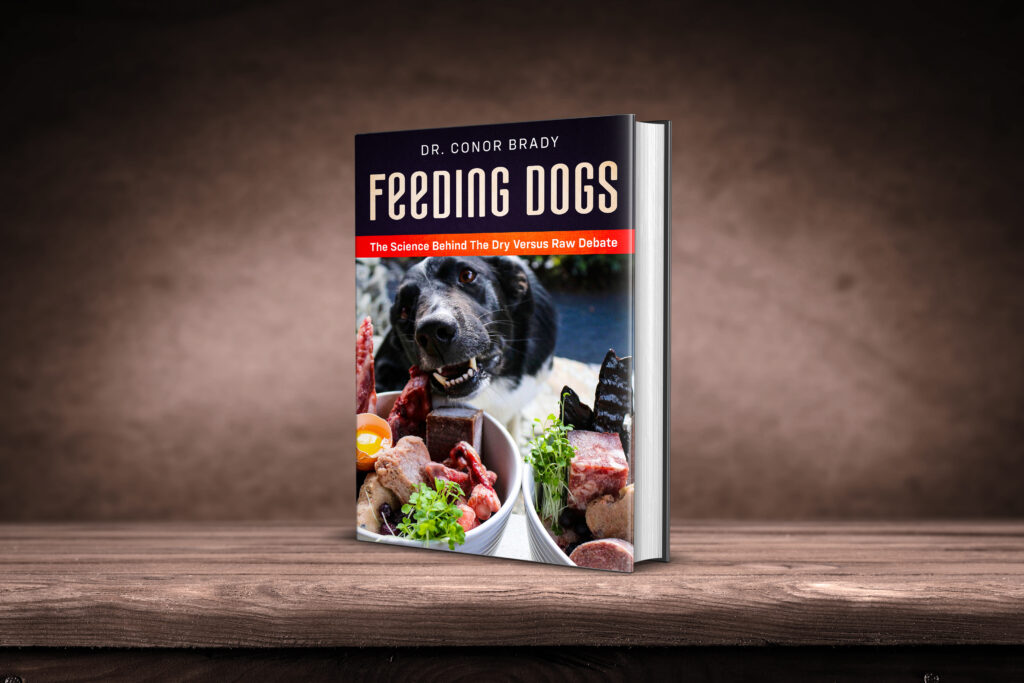
FAQ
1. Can stress cause pancreatitis in dogs?
Chronic stress can most certainly increase the chances of pancreatitis in dogs. Studies show that when rats were restrained, they had raised levels of pro-inflammatory cytokines – Tumour Necrosis Factor (TNF).
TNF is a huge participant in the inflammatory response that occurs during pancreatitis. There is also a link between TNF and insulin resistance, which can lead to type 2 diabetes. The endocrine function of the pancreas is to secrete insulin, which helps cells convert blood sugar into energy. If the cells do not respond to the insulin, your dog may develop insulin resistance.
2. Can changing dog food cause pancreatitis?
If you change from a fresh food diet, low in carbohydrates, to food high in carbohydrates, like dry food, then yes, this can put the pancreas under increased pressure for the reasons we have outlined above.
If your dog was to scavenge a very high-fat meal, then this could spark an incidence of acute pancreatitis, BUT this usually only happens in a dog where the pancreas is chronically inflamed. You need to address all the things that might drive inflammation in your dog.
The first to go is dry dog food and pet store treats – all the preserved and processed junk. Studies show dry-fed dogs undergo TEN TIMES more inflammation than raw-fed dogs.
3. Can eating cat poop cause pancreatitis in dogs?
While not a common cause of causing pancreatitis in dogs, cat poop (as with any poop or other disgusting things that dogs may scavenge) may harbour some parasites such as Toxoplasmosis, which, if the pancreas is already under pressure, could cause acute pancreatitis when the dog becomes unwell, again this would occur more in dogs that are already experiencing issues with pancreatic function.
However, the more significant concern would be that chronic pancreatitis can lead to nutritional deficiencies, so if your dog is eating cat poop, this could be a symptom of chronic pancreatitis rather than a cause of it, so it would be a good idea to keep an eye on just how much poop he is scavenging, is he eating his body weight in poop, therefore possibly trying to replace lost nutrients or just “enjoying” a cat poop treat now and then?
Consult for Your Dog with Pancreatitis

If your dog has pancreatitis and you would like to know more on how to help support them with good nutrition or you would simply like some assistance with making that switch to real food, we offer consults, and we’d love to help you and your dogs.
REFERENCES
- De Cock, H. E. V., Forman, M. A. and Farver, B. (2007). Prevalence and histopathologic characteristics of pancreatitis in cats. Veterinary Pathology, 44: 39–49.
- Ettinger, S., Feldman, J. and Edward, C. (1995). Textbook of veterinary internal medicine (4th ed.). Philadelphia, PA: Saunders
- Kalvaria, I., Labadarios, D., Shephard, G. S., Visser, L., Marks, I. N. (1986). Biochemical vitamin E deficiency in chronic pancreatitis. International Journal of Pancreatology, 1(2): 119–128.
- Kim, J., Jung, D., Kang, B., Kim, H., Park, C., Park, E., et al. (2005). Canine exocrine pancreatic insufficiency treated with porcine pancreatic extract. Journal of Veterinary Science, 6(3): 263–266.
- Macy, D. W. (1989). Feline pancreatitis. In R. W. Kirk (Ed.), Current veterinary therapy: Small animal practice. Philadelphia, PA: Saunders (pp. 893–896).
- Newman, S. J. and Woosley, K. (2004). Localization of pancreatic inflammation and necrosis in dogs. Journal of Veterinary Internal Medicine, 18: 488–493
- Owens, J. M., Drazner, F. H. and Gilbertson, S. R. (1975). Pancreatic disease in the cat. Journal of the American Animal Hospital Association, 11: 83–89
- Steiner, J. M. and Williams, D. A. (1997). Feline pancreatitis. Compendium on the Continuing Education of Veterinary Practitioners, 19: 590–603.

